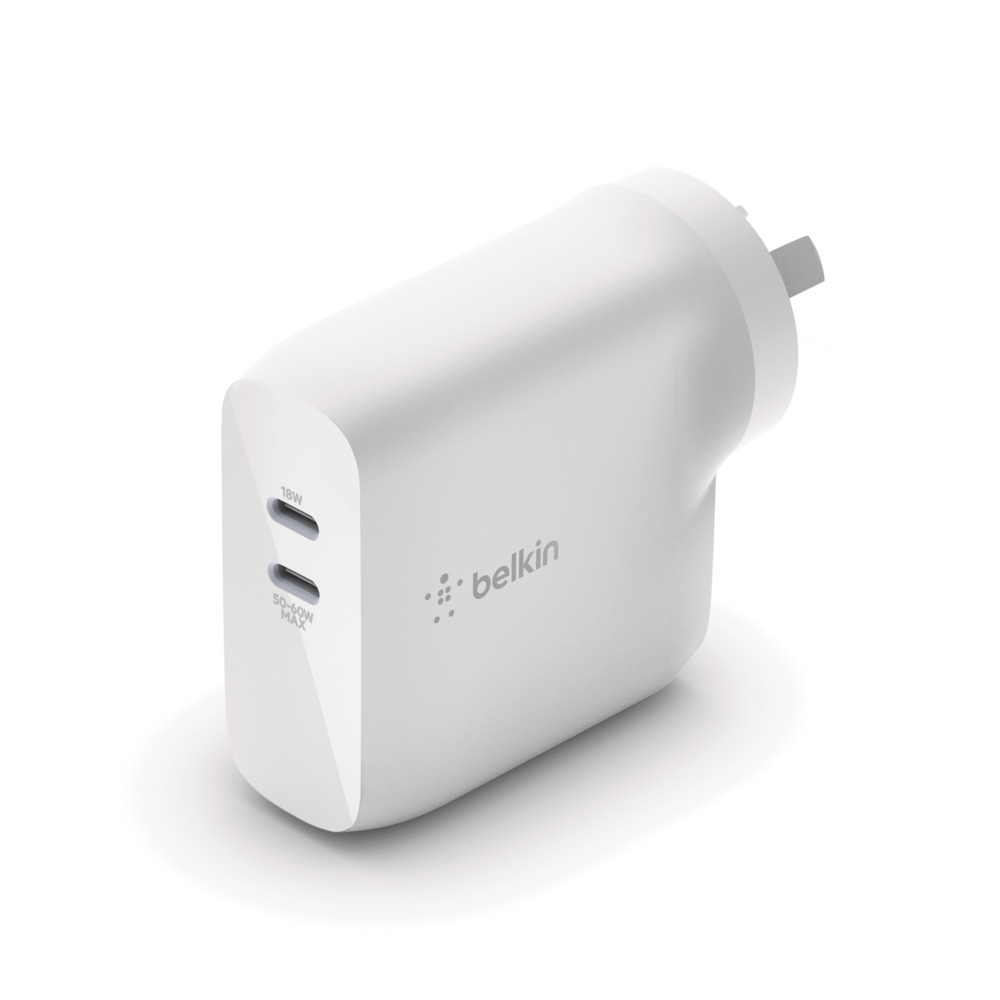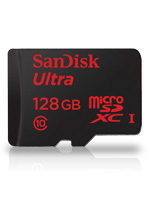Article
Microsoft slams Android updates, claims Google ships a ‘big pile of… code’ | The Verge
Microsoft takes a pop at Android updates | TrustedReviews
Microsoft disses Android: ‘Google ships a big pile of … Code’ | Android Authority
My Comments
A common complaint by people who use Android phones and tablets is that it takes too long for an operating-system update to materialise on their device after Google releases the software code. Microsoft, a key competitor to Google, described Android as a “heap of … code” during the keynote speech for the Ignition 2015 business-computing conference’s keynote speech.
Typically what happens is that the update is delivered to the hardware manufacturers who will package it with their software like shell replacements before issuing it. In the case of smartphones or tablets that have wireless-broadband functionality, these updates have to be modified and approved by the telecommunications carriers before they are allowed on devices that their customers use.
Google has worked around this by using the Google Play Store to deploy updates to their software and, in some cases, offer plugins. Some manufacturers are even using this path or their own app store to roll out updates to their software.
Other platforms like iOS and Windows Phone allow the operating system’s software developer to push updates independent of manufacturer or carrier approval. This is similarly true for desktop operating systems like WIndows and OS X.
But what can Google do about this if the goal is to roll out security patches and bugfixes in between platform updates? This is important when, for example, my Samsung Galaxy Note 2 handset was failing frequently when it came to discovering Bluetooth devices and this was due to bugs in relationship to Android Jelly Bean’s Bluetooth stack which was based on Bluetooth LE / Smart functionality tacked on to an existing Android Gingerbread or ICS Bluetooth stack.
A way to assure the ability to work with manufacturers and carriers yet roll out the important patches could be to allow the deployment of the patches without need to have the prior approval. But Google would need to work with the manufacturers when rolling out major platform updates like when transitioning from KitKat to Lollipop.
A platform update for Google Android and any other operating system should also be about rewriting various parts of that operating system that gain functionality boosts that will change the device’s behaviour rather than “tacking on” the new functionality. This is what led to Windows Vista being criticised by the industry for its performance because the new security abilities were “tacked on” to an existing Windows XP codebase.




